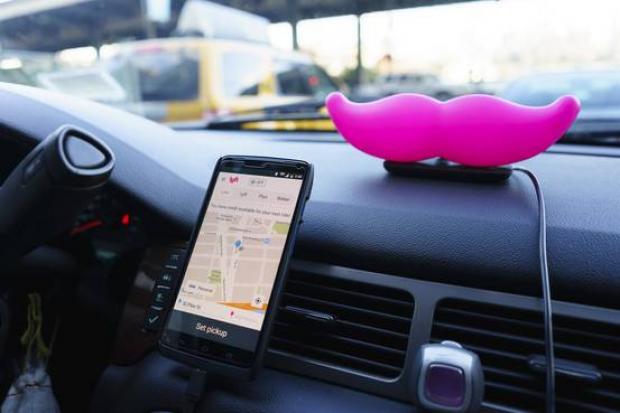Uber, the massive, omnipresent ride-sharing company, has dominated the industry since its inception in 2009. It has spread to more than 60 countries since then, and was recently valued at $51 billion, spurring increasing talks of the company filing for an IPO.
The emergence of on-demand rides has become a popular business venture all over the world, but it has proved difficult for companies to break away from the congested pack. At the end of last year, Sidecar, another on-demand car service, announced that it will officially stop offering rides and deliveries on December 31st.
But if you’re looking to leave the controversy-plagued Uber behind, and you still want the luxury of on-demand rides, there are increasingly popular alternatives for you.
Here’s a rundown of the biggest competitors Uber faces:
Lyft

Image: The Wall Street Journal
Launched in 2012, Lyft is a transportation company known for its fuzzy pink mustaches on the front or on dashboards of cars—silly, yet quite helpful when trying to spot your ride.
The San Francisco-based company works similarly to Uber. Within its smartphone app, users see a map with a pin at their location, animated cars moving around nearby, an estimate of how far away the nearest ride is, and a big button labeled “Request Lyft.”
Also like Uber, Lyft offers multiple levels of service: Lyft Line (a shared ride option that can save users up to 60% on fare); Plain Lyft (a ride for solo travelers or groups up to four); and Lyft Plus (larger cars and SUVs perfect for those traveling with suitcases and boxes, or if you want to ride with a large group). You can select which type of ride you want with a slider tool at the top of the app.
As for rates, they vary by city, type of ride, and current demand; you can also choose to add a tip if desired. It is important to note that like Uber, Lyft does use surge pricing.
In the United States, Lyft is available in roughly 60 cities/areas nationwide.













Leave A Comment